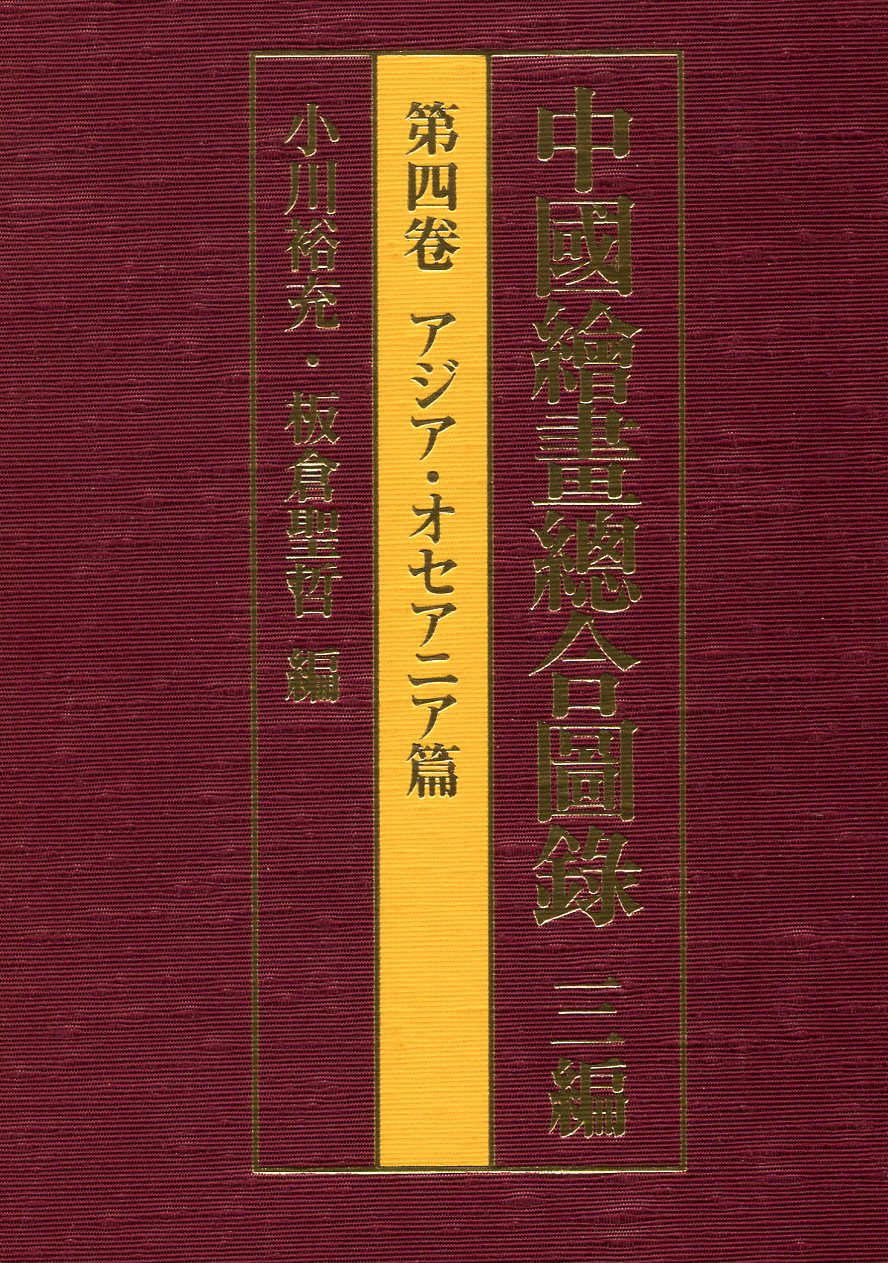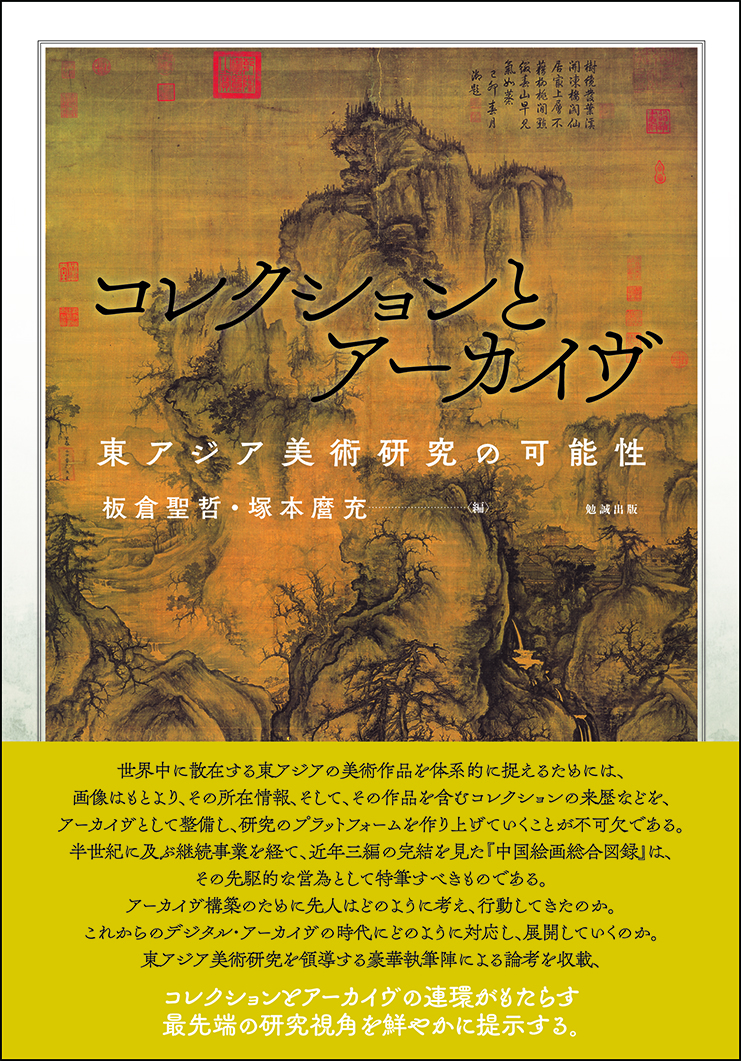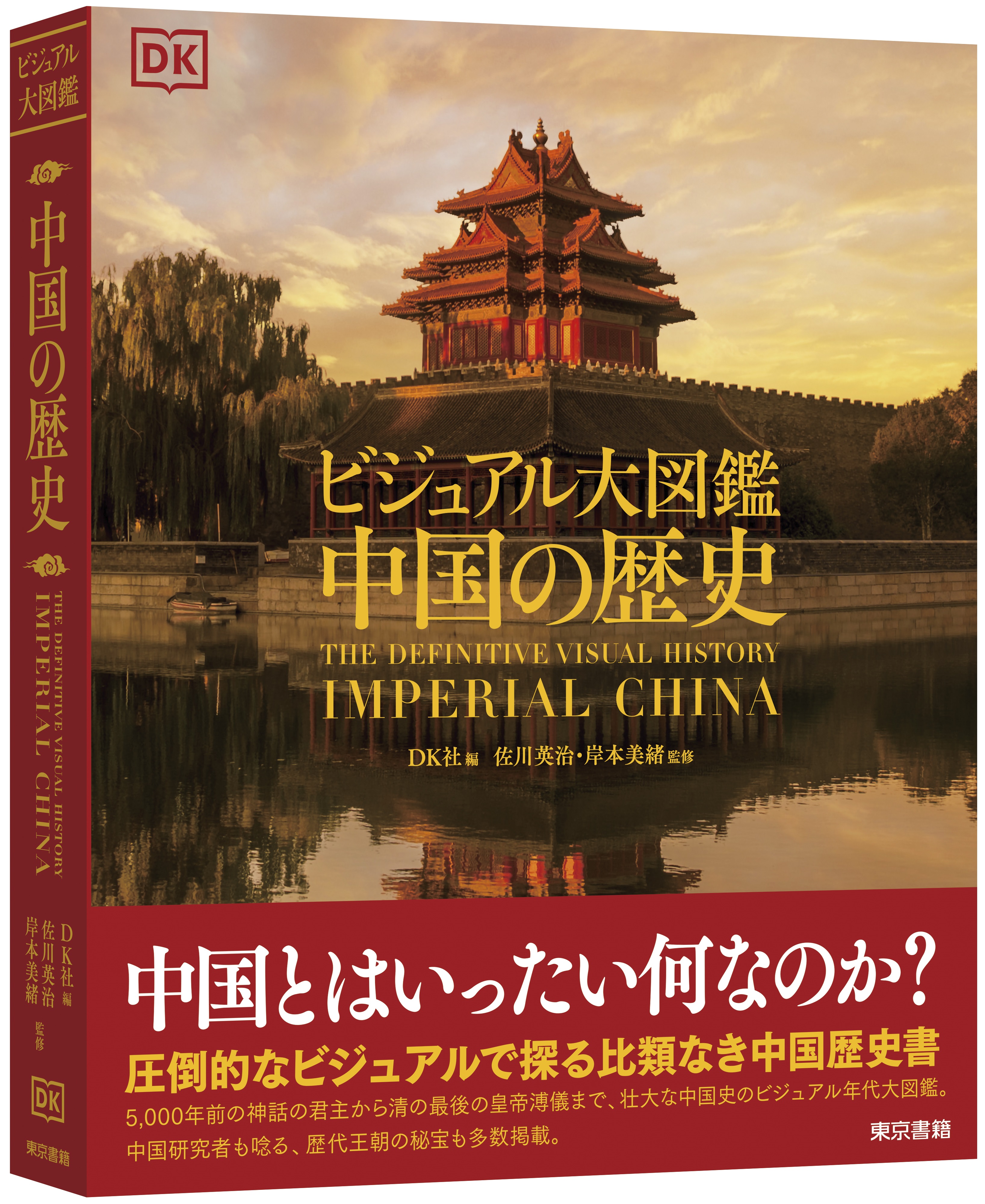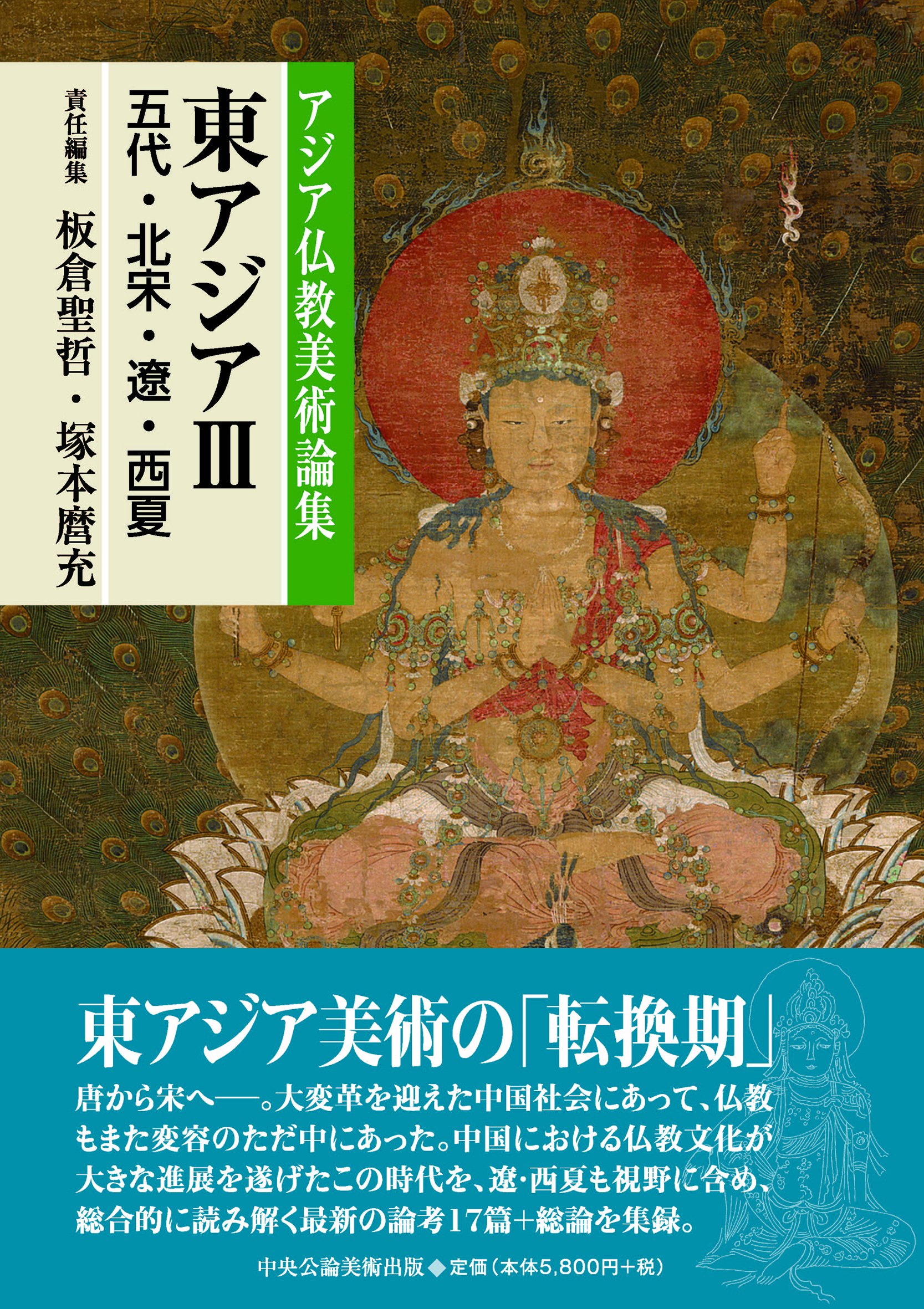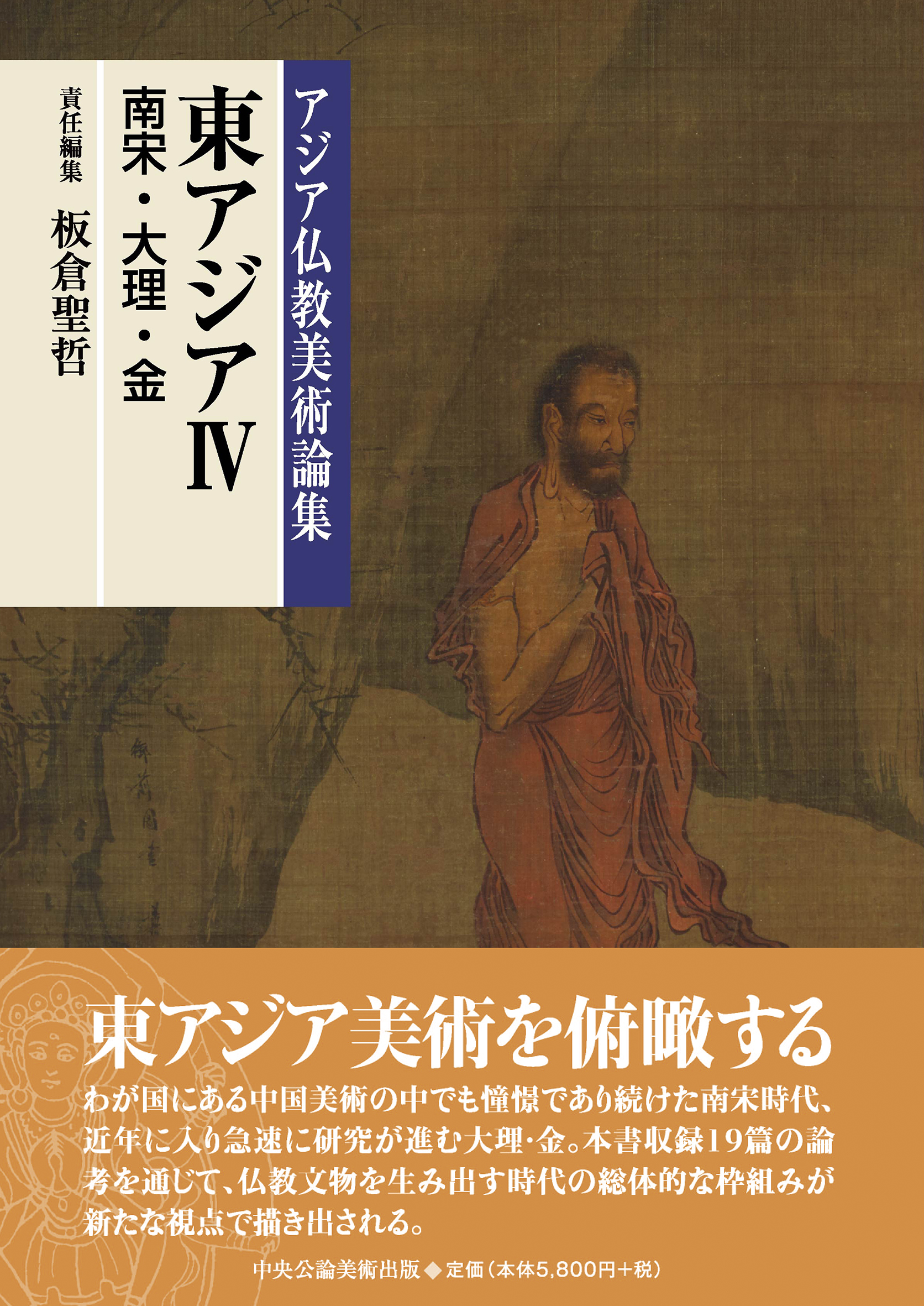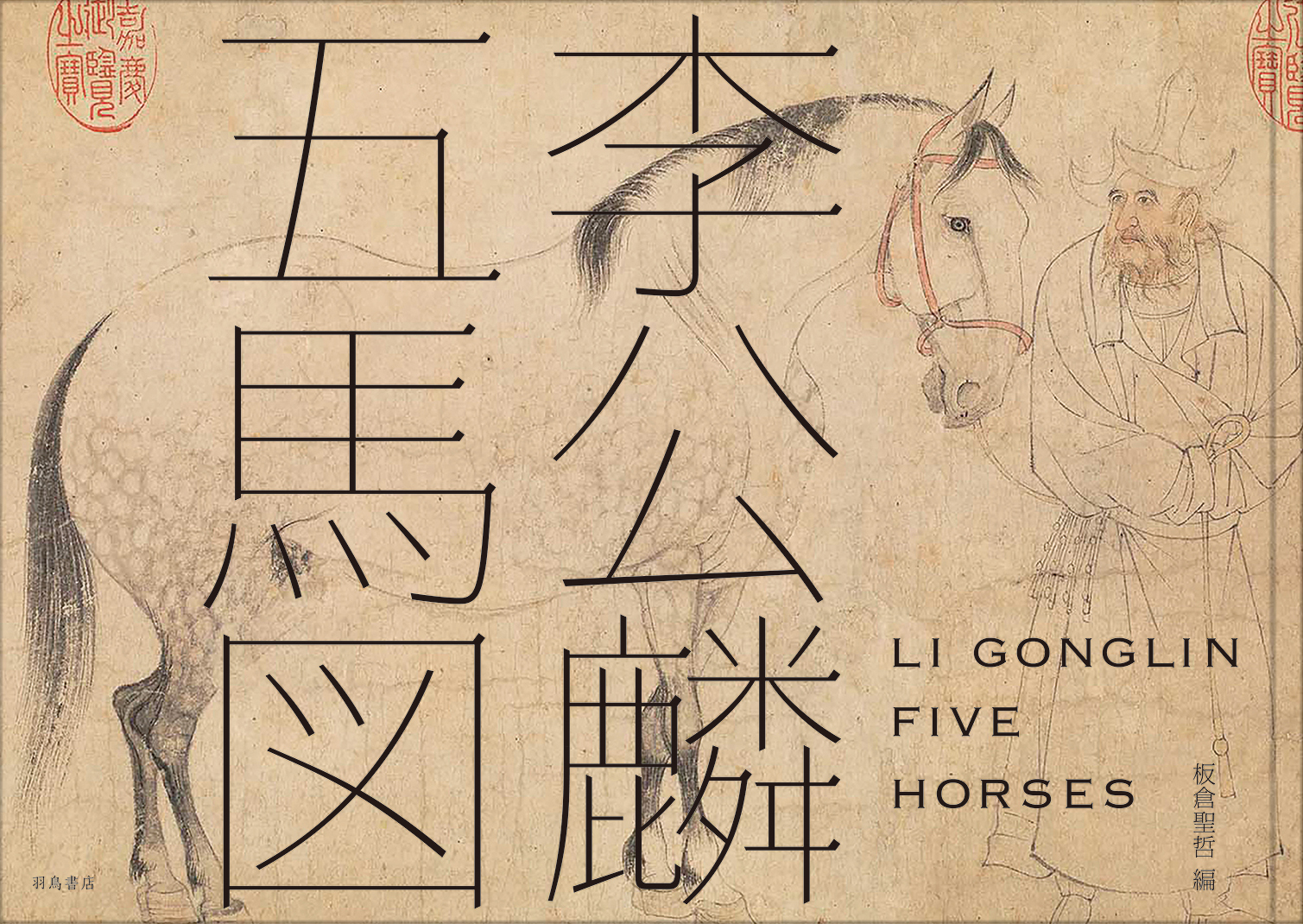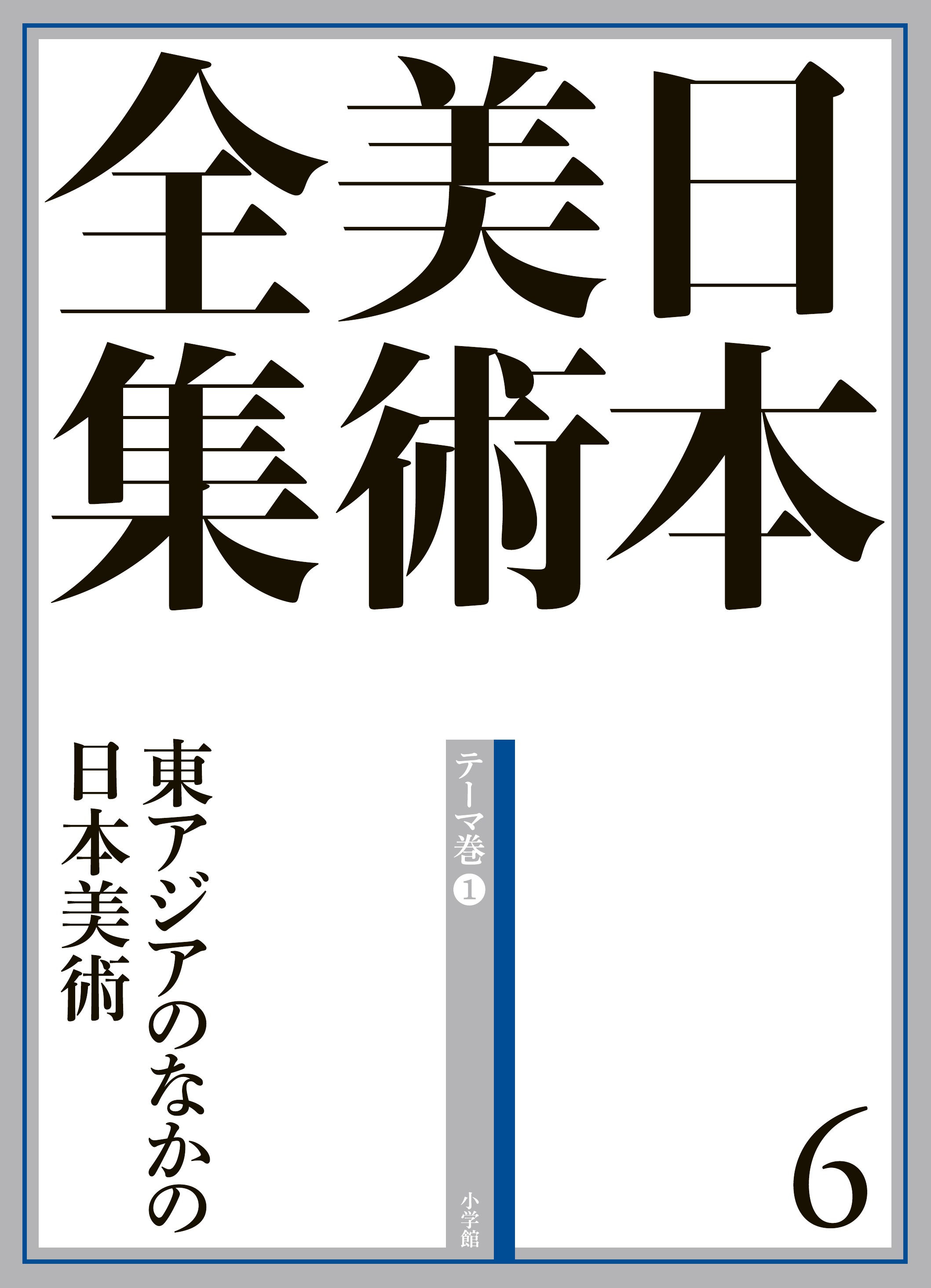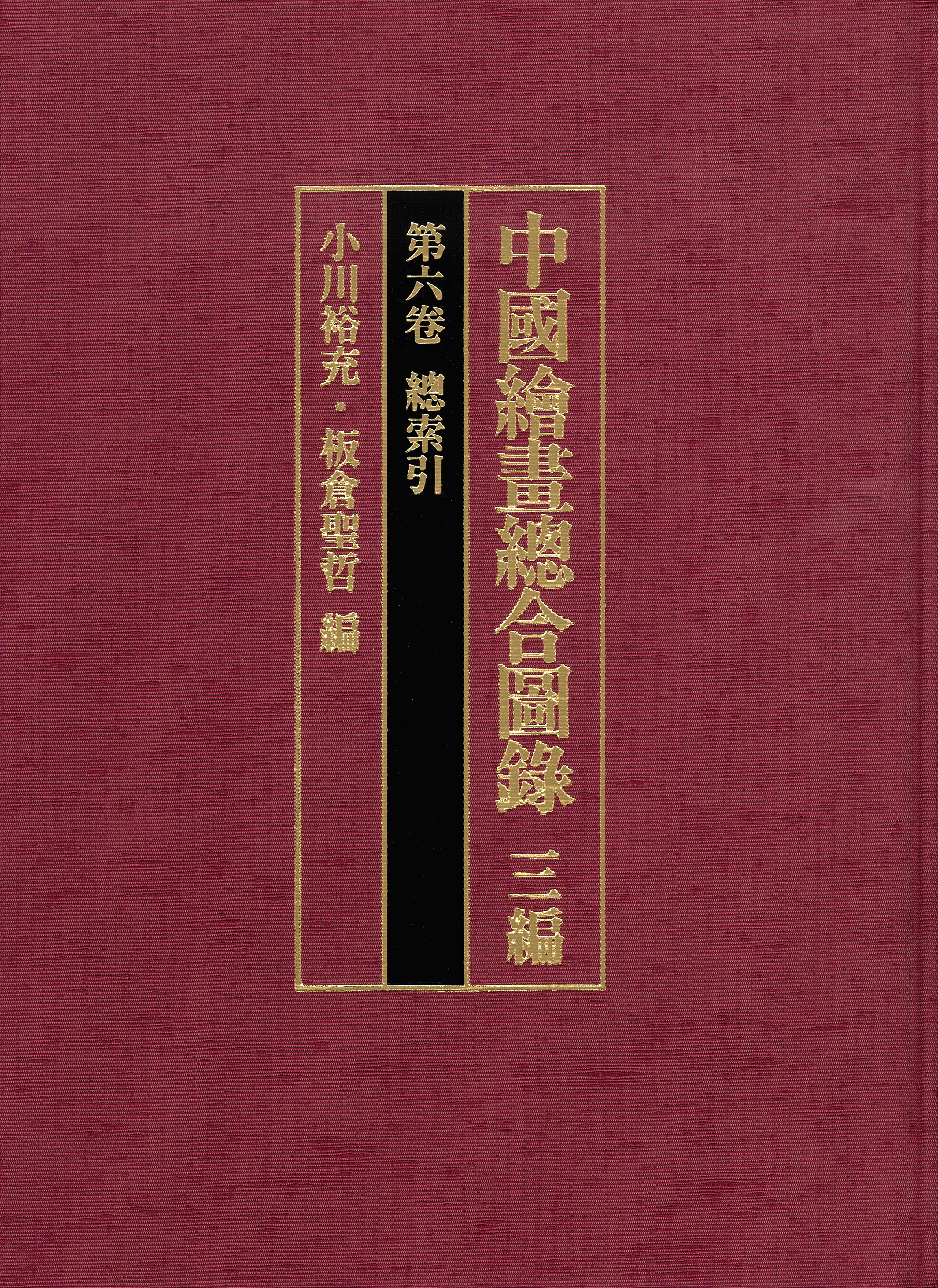
Title
Chugoku Kaiga Sogo Zuroku (Comprehensive Illustrated Catalogue of Chinese Painting, 3rd Series, Volume 6)
Size
400 pages
Language
Japanese
Released
May 19, 2020
ISBN
978-4-13-084206-8
Published by
University of Tokyo Press
Book Info
See Book Availability at Library
Japanese Page
In March 2020, in the midst of the Covid-19 pandemic, vol. 6 of the third series of the Comprehensive Illustrated Catalogue of Chinese Painting was published, and the third series was brought to completion. This publication represents the fruits of the Digital Archive Project for Chinese Painting, which has been conducted by the Fine Arts Section of the Department of East Asian Studies at the Institute for Advanced Studies on Asia at the University of Tokyo since the time of emeritus professor Suzuki Kei (1920–2007). The aim of this project has been to investigate and photograph all Chinese paintings around the world, create an archive of them, and build a digital platform to facilitate their study. More than 200,000 images, including images from the pre-digital era, have been collected and catalogued, and the project has been continuing for more than fifty years under four successive section heads, which is unusual in the humanities.
The field of art history had its origins in Europe, and it has a tradition of the catalogue raisonné, a listing of all the known artworks by an artist and their whereabouts, and it provides the basic material for scholarship in this field. But prior to the time of Suzuki there did not yet exist any such material for the history of Chinese painting, and a painting’s actual contents were known only through various catalogues and other publications. However, the Comprehensive Illustrated Catalogue of Chinese Painting has completely changed this state of affairs, and it has become an indispensable reference work for the study of not only Chinese art history but also the art history of East Asia, including Japan. Since this project was initiated, the catalogue has continued to be revised about every twenty years under successive section heads, and on this occasion the third series has been brought to completion.
A project cannot be continued by merely repeatedly doing the same things. It is important for it to change in accordance with the demands of the times while preserving the original underlying spirit. During the past half century, the method of investigating and photographing artworks changed first from analogue silver halide film to the combined use of film and digital photography and then shifted completely to digital methods. In addition, during this period China’s economy has grown exponentially, and in conjunction with this economic growth prices for artworks have soared and, with an exodus of Chinese paintings from Japan, their whereabouts have changed at a bewildering pace.
I would really like you to open a volume of this series and have a look at it. Your eyes will be met with a vast number of images of Chinese paintings held around the world, and by merely perusing the images you will be able to gain a grasp of what sorts of images spread to what extent. In addition, the spread of these artworks signifies advances in scholarship and their movement indicates an upsurge of interest in Chinese painting. In the third series there were added important collections such as that of the Museum of Fine Arts, Boston, which had not been included in previous series, while in terms of regions Oceania was added and in terms of periods paintings from the late Qing and early Republican periods were included. This is a reference work, but at the same time it also reflects the current state of scholarship.
(Written by ITAKURA Masaaki, Professor, Institute for Advanced Studies on Asia / 2021)



 Find a book
Find a book


